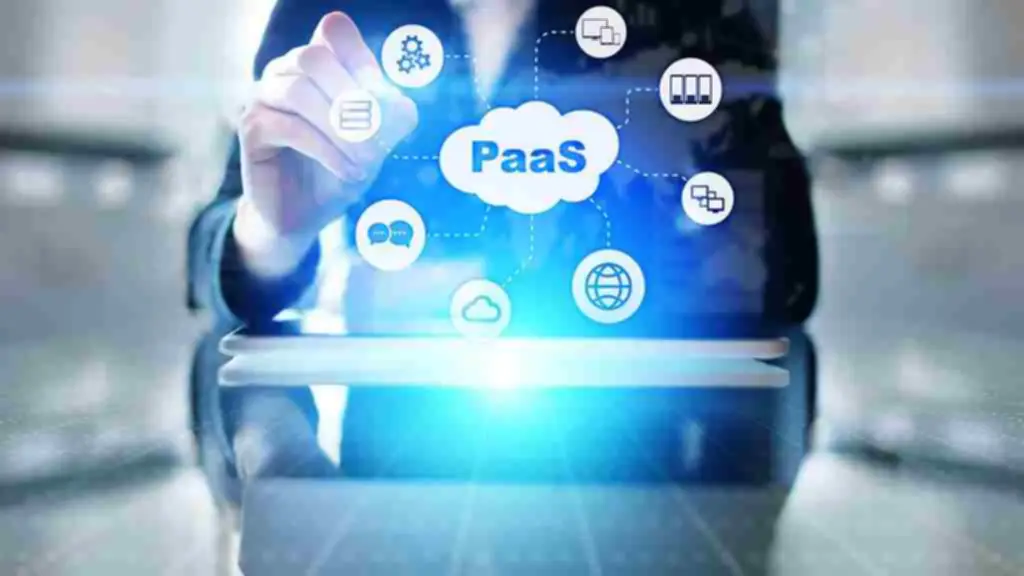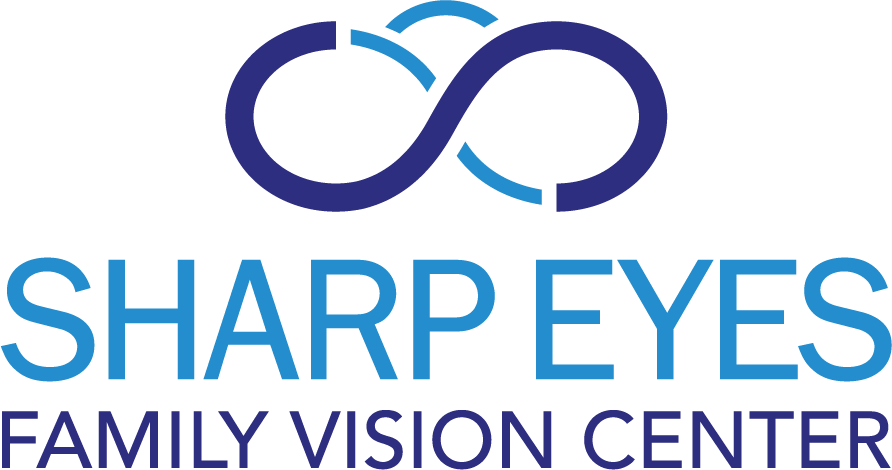AI Ops platforms course of vast quantities of operational data from servers, networks, purposes, and cloud providers. By analyzing this information in actual time, AI Ops provides actionable insights that help businesses make knowledgeable IT choices. Organizations can leverage AI-generated reports and predictive analytics to optimize useful resource allocation, enhance system performance, and plan for future IT needs. This data-driven method leads to smarter IT investments and better alignment with enterprise targets. AI Ops (Artificial Intelligence for IT Operations) is transforming the IT panorama, making methods smarter, extra environment friendly, and extremely automated. Imagine an IT ecosystem that predicts points earlier than they occur, resolves incidents with out human intervention, and optimizes performance in real time—this is the facility of AI Ops.

It sorts by way of huge quantities of data, highlights important points, streamlines everyday duties, and anticipates future problems to keep away from system downtimes. Root trigger evaluation, because the name implies, goals to determine the fundamental reasons behind issues and implement acceptable options. By pinpointing the basis causes, groups can keep away from unnecessary efforts spent on treating symptoms quite than addressing the core problem. For occasion, an AIOps platform can trace the origin of a network outage, resolve it promptly, and set up preventive measures to avert comparable points in the future. The synergy between DevOps and AIOps has turn into more and more essential for organizations needing to enhance efficiency and streamline operations.
- This additionally meets high user expectations for availability and efficiency and increases competitiveness.
- These advanced AI models will permit IT teams to take preemptive motion, similar to scaling assets, patching vulnerabilities, or optimizing workloads, decreasing downtime and improving total system resilience.
- In AIOps, ML helps with anomaly detection, root trigger evaluation (RCA), occasion correlation and predictive evaluation.
- This cutting-edge integration of artificial intelligence for IT operations allows organizations to navigate the rising complexities of IT infrastructures while making certain scalability, effectivity, and reliability.
- AI Ops automates repetitive and time-consuming IT duties such as system monitoring, log analysis, and occasion correlation.
Synthetic intelligence for IT operations (AIOps) is a process where you utilize synthetic intelligence (AI) techniques preserve IT infrastructure. You automate critical operational duties like efficiency monitoring, workload scheduling, and information backups. AIOps applied sciences use trendy machine learning (ML), pure language processing (NLP), and different superior AI methodologies to improve IT operational effectivity. They bring proactive, personalised, and real-time insights to IT operations by amassing and analyzing data from many various sources.

The finest method to perceive AIOps is to consider what a typical IT operations professional should do to reply to a disruption of services and the way AI can automate the process. While DevOps focuses on the collaboration and communication between development and IT groups, AIOps brings a layer of intelligence to the operational facet. This collaboration ensures a more agile and responsive IT setting by seamlessly aligning growth and operations. Nevertheless, they offer significant benefits by way of scalability and flexibility as they function on a subscription or pay-as-you-go model.

No, AI Ops enhances IT groups by automating repetitive duties, permitting professionals to focus on higher-level problem-solving and strategy. By aggregating information from these various sources, AI Ops ensures a holistic view of IT operations, enabling correct analysis and knowledgeable decision-making. Interest in AIOps and observability is rising exponentially in IT, but it does not come with out its adoption challenges. Be Taught tips on how to overcome AIOps adoption limitations and get visibility into drawback areas for enhanced operations. Some distributors think about the telemetry from their merchandise to be proprietary, and so they charge clients a charge to entry it. That could make bringing some techniques and knowledge into AIOps unimaginable, or at least pricey.
Challenge 2: Safety
Automated identification of operational points and reprogrammed response scripts lead to decreased operational prices, permitting for improved resource allocation. This optimization additionally frees up workers sources for extra innovative work, enhancing the employee experience. Modern AIOps options are more and more adopting a dual strategy, combining the deterministic rules of reliability with the flexibility of domain-agnosticism. This combination addresses the evolving needs of organizations coping with complicated IT landscapes and numerous operational domains. The main function of RPA is to increase operational efficiency, reduce human errors, and unlock human assets from mundane duties. It can significantly speed up process execution, leading to improved productivity and cost savings.
The Future Of Aiops: Rising Tendencies
Fortunately, there are options to scale back, if not eliminate, that are based on AIOps practices. As synthetic intelligence (AI) and generative AI (GenAI) mature, organizations can integrate AI with monitoring and observability instruments for a brand new degree of system visibility. “AIOps combines huge knowledge and machine studying (ML) to automate ITOps processes, including event correlation, anomaly detection and causality determination.”
As a end result, organizations experience more complex digital issues and an increased want for IT professionals ready to deal with them utilizing ai for it operations solution modern strategies such as AI and machine learning. Gartner additionally defines AIOps as the marriage of big information with ML to create predictive outcomes that help drive faster root-cause evaluation (RCA) and speed up mean time to repair (MTTR). By providing clever, actionable insights that drive a higher level of automation and collaboration, ITOps can continuously enhance, saving your organization time and sources within the process. Organizations that rely on legacy mainframe monitoring tools usually face expensive inefficiencies, including SLA violations, regulatory compliance risks, and software slowdowns. These hidden prices can increase capital expenditure and operational inefficiencies—even influence general enterprise resilience.
AIOps’ ingestion, detection, forecasting, and response capabilities work in collaboration with IT Operations’ existing monitoring and observability platforms. With AIOps, IT employees may, for instance, stop spending hours fixing faults in the network and as an alternative resolve them with a single click. DevOps speeds improvement by giving growth groups more energy to provision and reconfigure IT infrastructure, but Software engineering teams nonetheless must handle the structure. AIOps provides the visibility and automation IT groups must help DevOps without excessive human oversight.
For instance, in a community context, a domain-centric device can accurately identify the reason for a bottleneck by understanding normal community protocols and patterns. And due to its specialised coaching and focus, it could possibly determine whether or not the slowdown is the results of a distributed denial-of-service (DDoS) assault or a simple system misconfiguration. As Soon As business leaders distill an AIOps technique, they can begin to incorporate instruments that help IT groups observe, predict and reply shortly to IT points. Data visualization tools in AIOps current information by way of dashboards, reviews and graphics, so that IT groups can monitor modifications and make decisions beyond the capabilities of AIOps software program.
An IT operations group can establish patterns and correlate occasions in log and performance knowledge. For example, companies use AI tools to trace the request path in an API interplay. It analyzes real-time information and determines patterns which may level to system anomalies.
As extra areas of the enterprise turn out to be digitized and integrated, it becomes simpler to digitally remodel the entire organization. All of the above can improve a corporation’s efficiency and productiveness, and its backside line. Builders use these toolkits to build custom purposes that may be added onto or linked with different applications. Both AIOps and DevOps are methodologies designed to enhance IT operations, however they concentrate on totally different features of the software lifecycle. But data scientists and DevOps engineers alike ought to nonetheless benefit from the incoming IT revolution to broaden their abilities. Discover solutions from our collaborative community of consultants and applied sciences within the Red Hat® Ecosystem Catalog.
AIOps brings the power of synthetic intelligence and machine learning to the IT area, offering real-time efficiency monitoring, continuous insights, and a sooner time to resolution. Synthetic intelligence for IT operations permits IT professionals to improve operations via descriptive, diagnostic, prescriptive, behavioral, and predictive analytics. Data analytics is one other important facet of AIOps, providing the aptitude to extract priceless insights from various data sources. This includes logs, metrics, and event information, which AIOps platforms analyze in actual time to detect patterns indicative of potential issues. By automating the correlation of these knowledge points, AIOps not solely identifies issues but in addition helps in predicting and preventing future disruptions.
A information agnostic approach entails applying analytics to a bunch of data—data that can be disjointed or incomplete—thrown collectively, not grouped or organized in any way. This method assumes that there will be a big https://www.globalcloudteam.com/ body of information scientists to help make sense out of the data. However the vast majority of enterprises do not have entry to a whole team of knowledge scientists.
